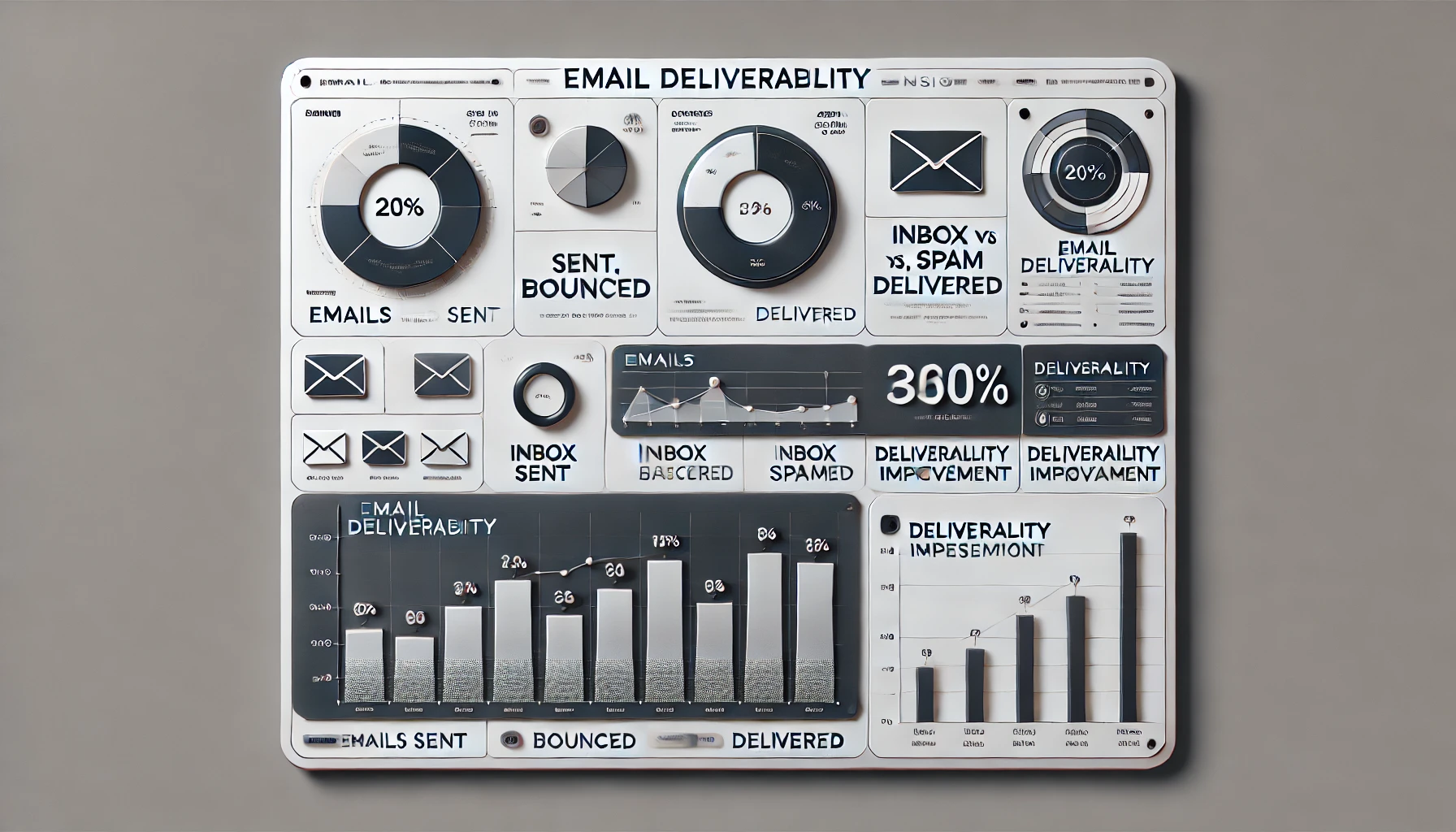How exactly does Salesforce Marketing Cloud know when an email has been delivered? Does it assume that it an email didn’t bounce that it was delivered? Does the tracking code feed back any data on this, so we can access it in reports or data views?
Marketing Cloud Admin
Tracking code does not provide any insights on deliverability, as it is only triggered when the email is opened. It also depends on how you define deliverability?
The general definition of deliverability has often been deliverability = emails sent – emails bounced
However it doesn’t necessarily tell you much about how many emails actually made it to your recipients mailbox (and not to junk/spam folder). This metric is called inbox placement. As even with 95% of your emails might look as if they have not bounced, you might still see only half of them making it to the recipients’ inbox, as they are marked as spam.
Inbox placement is crucial for several reasons:
- Message Visibility: When emails reach the inbox, they are more likely to be seen by recipients. Higher visibility increases the chances of engagement, such as opening the email, reading its contents, and taking the desired action.
- Audience Engagement: Emails that end up in the spam or junk folder often go unnoticed, resulting in reduced engagement rates. By achieving better inbox placement, marketers can enhance the likelihood of recipients interacting with their emails, increasing open and click-through rates.
- Brand Reputation: Consistently landing in the inbox reinforces a positive brand image. If emails frequently end up in spam folders, it may lead to recipients associating the brand with spam, resulting in a negative perception and potential harm to the brand’s reputation.
- Deliverability Metrics: Email service providers (ESPs) evaluate various factors to determine whether an email is legitimate or spam. Deliverability metrics, including inbox placement rates, play a crucial role in this evaluation. Low inbox placement rates may affect the overall deliverability of future campaigns, as ESPs could be more likely to mark future emails as spam.
- Return on Investment (ROI): For businesses that heavily rely on email marketing, achieving high inbox placement rates is vital for maximizing ROI. If a significant portion of emails is diverted to spam folders, it can result in wasted resources and decreased marketing effectiveness.
While figuring out deliverability/bounce management is quite straightforward (Salesforce has a good article explaining the topic in details), checking the inbox placement is not possible in standard Marketing Cloud metrics. Even though Salesforce provides a help article on Deliverability tools and reports in the Marketing Cloud. You will instead need to involve a 3rd party tool, like Validity (formerly known as ReturnPath) or similar. They have a direct integration with most inbox providers, allowing you to get exact insights into how many emails make it all the way to the inbox.
But there is actually something you CAN do, to get an overview of your inbox placement. And these are domain specific open rates. If you go to Reports > Email > Email Performance for All Domains, you can select one of your sends, and get open rates per domain. This is actually quite good alternative to 3rd parties, as you will be able to see whether any domains have significantly lower open rates compared to the average.
Let’s say that your send has an overall open rate of 42%. You will see natural differences, which probably are +/- 10%. But, if one of your domains shows open rates of, let’s say 5-6%, it is a good indicator of this domain blocking some of your emails, leading to poor inbox placement. I will then suggest reaching out to Salesforce Support, and open a deliverability case for that specific domain.
